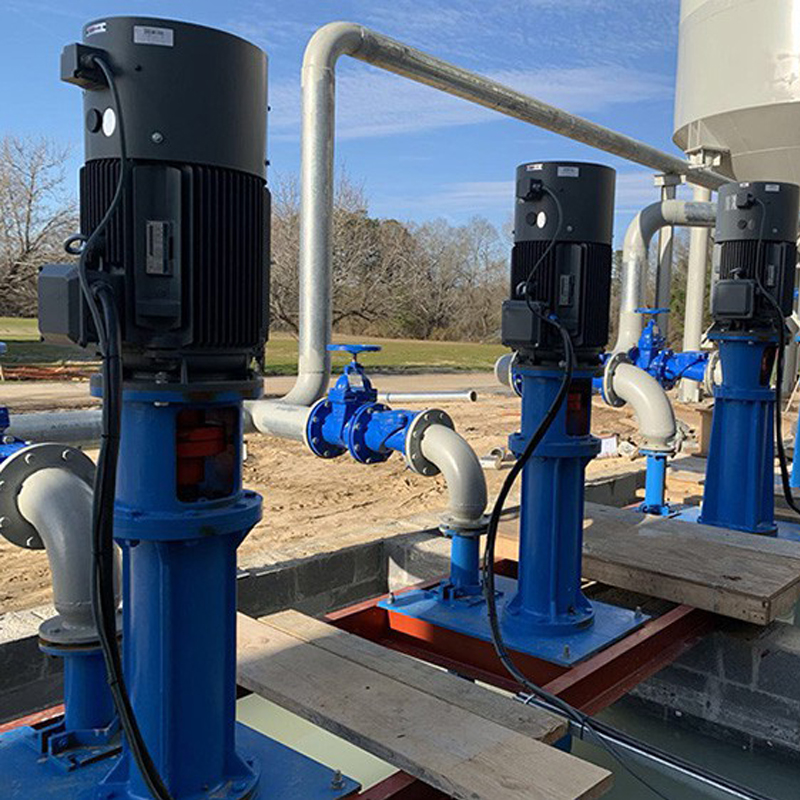English
- Afrikaans
- Albanian
- Amharic
- Arabic
- Armenian
- Azerbaijani
- Basque
- Belarusian
- Bengali
- Bosnian
- Bulgarian
- Catalan
- Cebuano
- Corsican
- Croatian
- Czech
- Danish
- Dutch
- English
- Esperanto
- Estonian
- Finnish
- French
- Frisian
- Galician
- Georgian
- German
- Greek
- Gujarati
- Haitian Creole
- hausa
- hawaiian
- Hebrew
- Hindi
- Miao
- Hungarian
- Icelandic
- igbo
- Indonesian
- irish
- Italian
- Japanese
- Javanese
- Kannada
- kazakh
- Khmer
- Rwandese
- Korean
- Kurdish
- Kyrgyz
- Lao
- Latin
- Latvian
- Lithuanian
- Luxembourgish
- Macedonian
- Malgashi
- Malay
- Malayalam
- Maltese
- Maori
- Marathi
- Mongolian
- Myanmar
- Nepali
- Norwegian
- Norwegian
- Occitan
- Pashto
- Persian
- Polish
- Portuguese
- Punjabi
- Romanian
- Russian
- Samoan
- Scottish Gaelic
- Serbian
- Sesotho
- Shona
- Sindhi
- Sinhala
- Slovak
- Slovenian
- Somali
- Spanish
- Sundanese
- Swahili
- Swedish
- Tagalog
- Tajik
- Tamil
- Tatar
- Telugu
- Thai
- Turkish
- Turkmen
- Ukrainian
- Urdu
- Uighur
- Uzbek
- Vietnamese
- Welsh
- Bantu
- Yiddish
- Yoruba
- Zulu
Telephone: +86 13120555503
Email: frank@cypump.com
Nov . 23, 2024 16:26 Back to list
septic drain field pump
Understanding Septic Drain Field Pumps An Essential Guide
In the realm of home plumbing and wastewater management, septic drain field pumps play a crucial role in maintaining a functional and effective septic system. For homeowners residing in areas that are not connected to municipal sewage systems, having a reliable septic system is essential. A septic system primarily consists of a septic tank and a drain field, where the wastewater is treated and absorbed into the ground. However, in some situations, gravity alone isn’t sufficient to move wastewater from the septic tank to the drain field. This is where septic drain field pumps come into play.
What is a Septic Drain Field Pump?
A septic drain field pump, also referred to as a sewage pump or effluent pump, is designed to transport wastewater from a septic tank to the drain field. It works by pumping effluent, which is the liquid that exits the septic tank after solids have settled and are broken down by bacteria. Instead of relying solely on gravitational flow, the pump ensures that the effluent is efficiently moved, even in situations where the drain field is situated higher than the septic tank.
Why is a Pump Necessary?
In certain geographical locations, soil conditions and topography can hinder proper wastewater dispersal. If the property is on a slope or if the drain field is positioned above the septic tank, a pump is essential to facilitate effluent flow. Additionally, in areas with high water tables or compacted soils, a pump can help prevent backups and flooding, ensuring the system operates smoothly.
Types of Septic Pumps
There are several types of pumps available for septic systems, each designed for specific applications
1. Effluent Pumps These pumps are designed to move the liquid effluent from the septic tank to the drain field. They are typically lower in horsepower and are ideal for applications where the distance to the drain field isn’t excessive.
2. Sewage Pumps Designed for handling sewage, these pumps can move solid waste and are more powerful than effluent pumps. Sewage pumps are used in systems where the wastewater includes larger solids.
septic drain field pump

3. Grinder Pumps These pumps are equipped with sharp blades that grind solid waste into smaller particles, allowing it to be pumped through smaller pipes. Grinder pumps are essential in systems that are designed to transport wastewater over long distances.
Maintenance Tips for Septic Pumps
To ensure longevity and proper functioning of septic drain field pumps, regular maintenance is crucial. Here are some key maintenance tips
- Regular Inspection Periodically check the pump and associated components for signs of wear and tear. Inspect the power supply and ensure the pump is operational.
- Clean the Pump Debris, including broken-down solids and grease, can accumulate and clog the pump. Regular cleaning will help prevent this issue.
- Monitor the Alarm System Many septic systems are equipped with an alarm to signal when the pump isn’t functioning properly. Be alert to any alarms or unusual noises from the pump.
- Schedule Professional Maintenance It’s advisable to have a professional inspect and service the septic system, including the pump, at least once a year. This helps in early detection of potential issues.
Conclusion
A septic drain field pump is an essential component of many residential septic systems. Understanding its importance, types, and maintenance needs can help homeowners ensure their wastewater management systems function effectively. By proactively caring for your septic pump, you can prevent costly repairs and ensure that your household remains clean and compliant with environmental health standards. Whether you are installing a new system or maintaining an existing one, keeping the septic pump in good working order is vital to the health of your home and the environment.
-
ISG Series Vertical Pipeline Pump - Chi Yuan Pumps Co., LTD.|Advanced Hydraulic Design&Energy-Efficient Solutions
NewsJul.30,2025
-
ISG Series Vertical Pipeline Pump - Chi Yuan Pumps Co., LTD.
NewsJul.30,2025
-
ISG Series Vertical Pipeline Pump - Chi Yuan Pumps Co., LTD.|energy-efficient fluid handling&industrial durability
NewsJul.30,2025
-
ISG Series Vertical Pipeline Pump - Chi Yuan Pumps | Advanced Engineering&Industrial Efficiency
NewsJul.30,2025
-
ISG Series Pipeline Pump - Chi Yuan Pumps | High Efficiency, Energy Saving
NewsJul.30,2025
-
ISG Series Vertical Pipeline Pump-Chi Yuan Pumps|High Efficiency&Reliable Performance
NewsJul.29,2025










